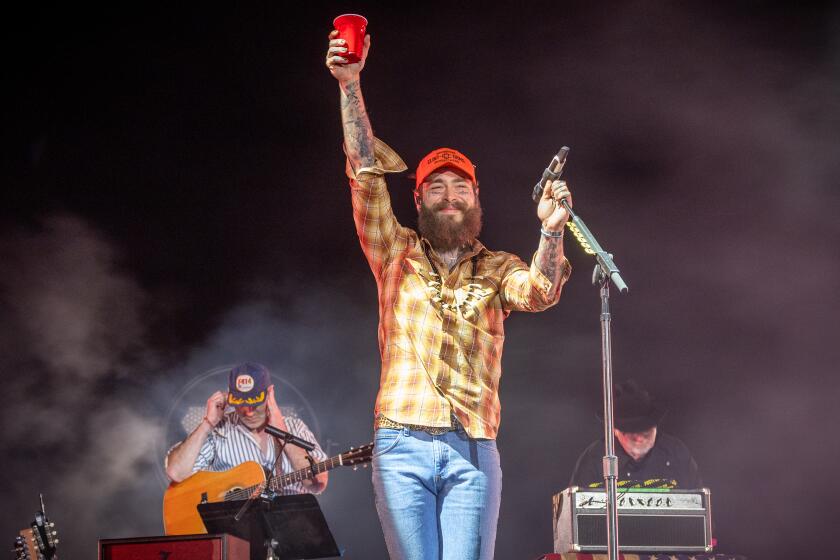Heritage Square Museum lifts the veil on Victorian death rituals
The loved ones of Ada Johnson lived a lot closer to death than most Americans do today.
When she died, her body was prepared by family and servants. Her coffin was placed in the parlor of her home, where relatives mourned and friends came to call. Perhaps a photo was taken. Locks of her hair likely were twirled into flowers and added to a wreath or made into jewelry.
Miss Johnson was imaginary, the star of last weekend’s Halloween and Mourning Tours at the Heritage Square Museum, giving more than 700 visitors a sense of how people in Victorian times coped with death.
Victorian mourning rituals were intricate — and with the Civil War, influenza, childbirth and other causes, death came often at an early age, said Jessica Maria Alicea-Covarrubias, director of administration and operation for the museum.
Miss Johnson was laid out in Hale House, the museum’s 1887 home, one of eight buildings on the grounds, about five miles north of downtown.
“Most everything around death happened in the home until about 1900,” Alicea-Covarrubias said.
Miss Johnson’s “loved ones” sat near the coffin, dressed in black, with little or no ornamentation, “the dullest, flattest material there was,” Alicea-Covarrubias said.
Their clothes would be proscribed for some time to come.
“A wife, for example, would wear only black for a year,” Alicea-Covarrubias said. Then over time, she might add white cuffs and collar, and finally quiet colors such as lavender or gray.
People might have feared that Miss Johnson wasn’t actually dead, and they might have installed contraptions to protect against her being buried alive — such as a bell that would ring if the person in the coffin moved, Alicea-Covarrubias said.
It was an era of superstition: Mirrors were covered with black cloth, lest someone see his or her reflection and risk being the next to expire.
People of the Victorian era also were fascinated with the occult, said Brian Sheridan, director of development at the museum. To meet their “needs,” spirit photographers — two of whom set up shop last weekend in Heritage Square’s Perry Mansion, protesting perhaps too much that they were not charlatans — would take a picture in which a spirit would miraculously appear in the background.
Families sometimes took photographs of their dead loved one, even styling the photo to make the person appear asleep. The museum has a photo in which a dead child was propped in a sitting position with a toy duck; the boy’s eyes were painted to appear open, Alicea-Covarrubias said.
Although death and gloom haunt modern Halloween celebrations, Victorian period parties would have been happy, said designer Mark Wood, who decked out the museum’s Ford House with period-style crafts made of papier-mâché, cardboard, leaves, pumpkins and sweet treats.
Halloween parties might have included fortunetelling, lots of sweets, music and bonfires, said Wood, who co-wrote with Kasey Rogers the book “Halloween Crafts.”
Such gaiety had a serious purpose: “When you can make fun of that which is most evil to you, you have conquered it,” Wood said.
More to Read
The biggest entertainment stories
Get our big stories about Hollywood, film, television, music, arts, culture and more right in your inbox as soon as they publish.
You may occasionally receive promotional content from the Los Angeles Times.







